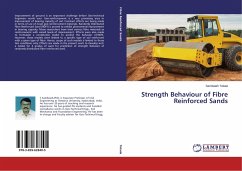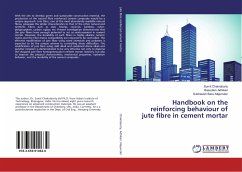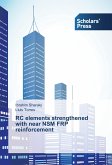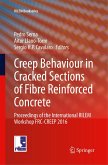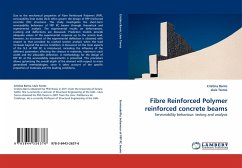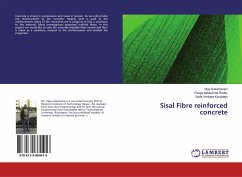Improvement of ground is an important challenge before Geo-technical Engineers world over. Geo-reinforcement is a very promising area in improvement of bearing capacity of soil. Constant efforts are being made in terms of use of novel geo-reinforcement materials. Randomly Distributed Fibre Reinforced Sand (RDFS) is proved to exhibit phenomenal improvement in bearing capacity. Many researchers have tried various fibre materials as reinforcement with varied levels of improvement. Efforts were also made to formulate a constitutive model to predict the behavior of RDFS. However, these models were limited to a specific type of soil reinforced with a given type of fibre. Hence, scope of such models is limited to those test conditions only. Efforts are made in the present work to develop such a model for 3 grades of sand for prediction of strength behavior of randomly distributed fibre reinforced sand.
Hinweis: Dieser Artikel kann nur an eine deutsche Lieferadresse ausgeliefert werden.
Hinweis: Dieser Artikel kann nur an eine deutsche Lieferadresse ausgeliefert werden.

